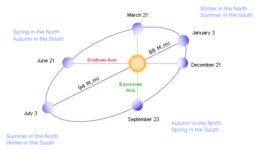Clicio
Masterpiece
We have a member who grows acer palmatums in the Azores which is a USDA zone 11, which means winters are only about this cold (i.e., somewhere around 7C).
I am in zone 11a, São Paulo, and I've been growing maples, pines, quinces, elms, prunus, junipers.
What has happened over winters?
Plants that stopped growing completely and totally lost their leaves:
Maples, Prunus Mume, Japanese Quince, Zelkova, Wysteria, one weird "deciduous" Bougainvillea.
Plants that stopped growing because they are evergreens OR didn't lose their leaves: JBPs, JRPs, Itoigawa Shimpaku, Chinese Elms, Satsuki Azaleas, Camellia Sasanqua.
Plants that didn't stop growing:
All tropicals including BRTs, Kumquat, Jaboticaba, Pitangas, Calliandra, Ficus Microcarpa, Chinese Fringe and Bougainvilleas. Last winter I had to shelter them for a couple of weeks when the temperatures dropped to less than 40f during the nights.
Now I ask: if the Maples lost their leaves and didn't show any signs of being alive for more than 60 days, and now are awake and growing, *weren't them dormant*?

